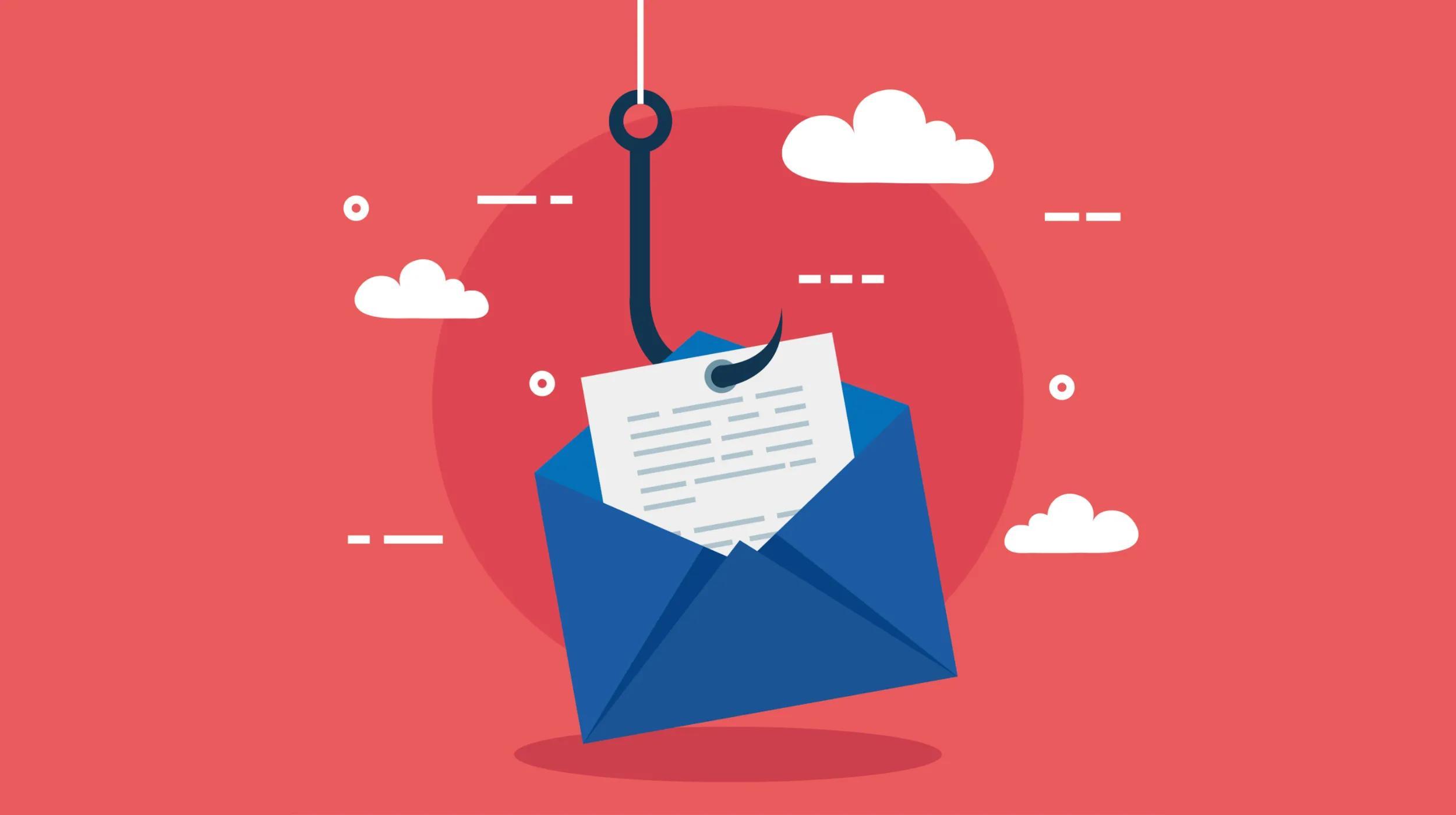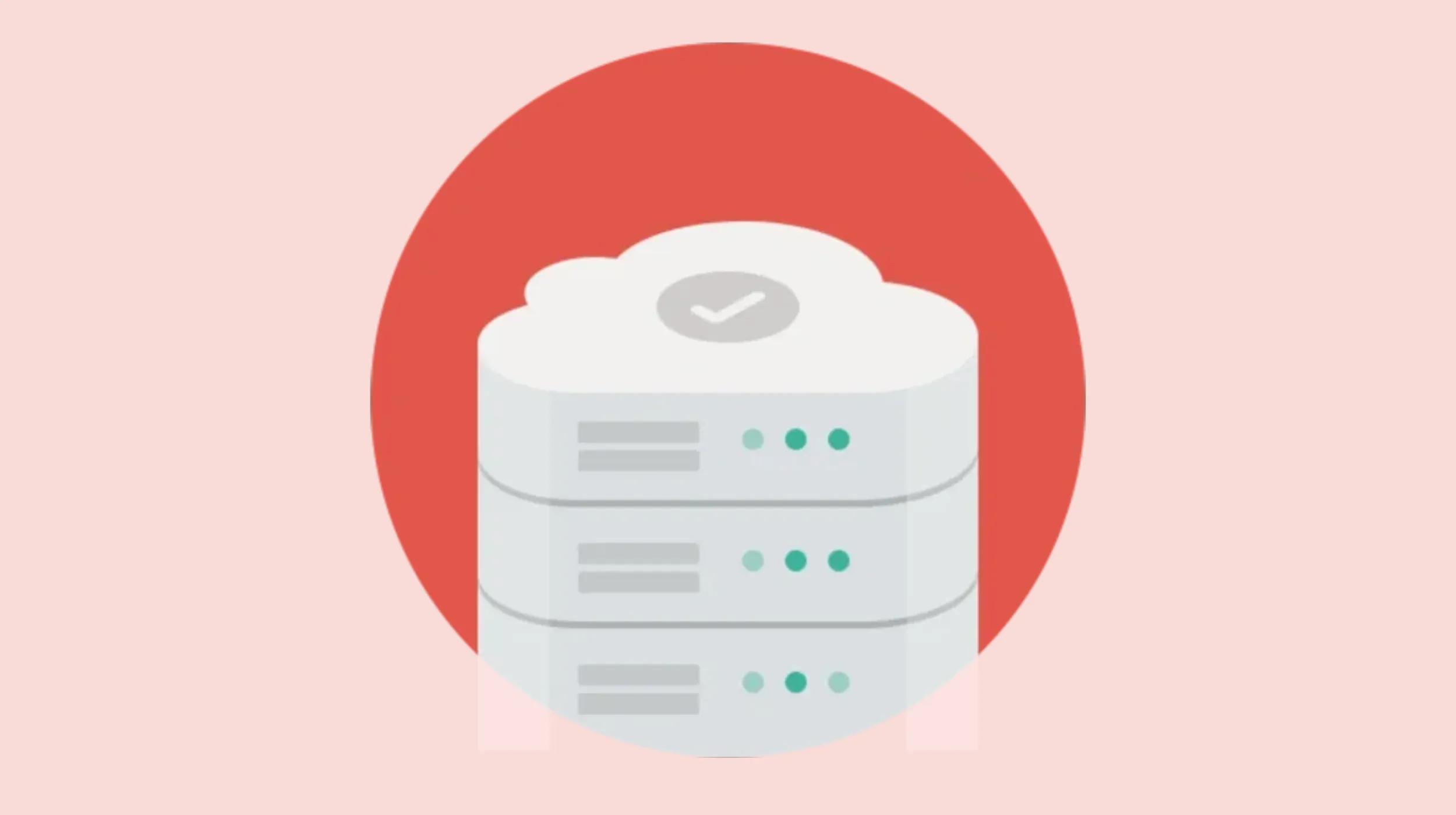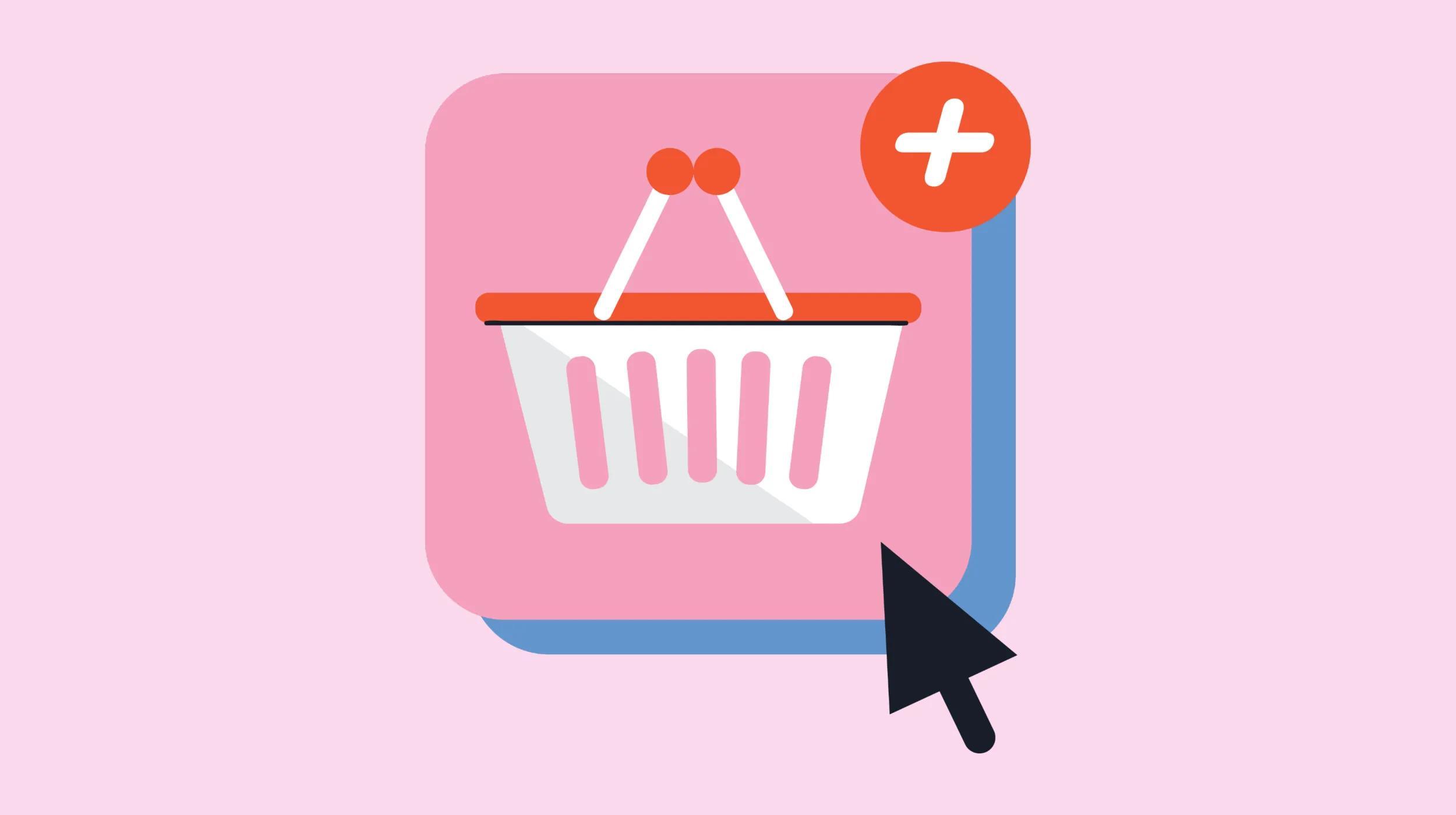Whatever your niche or sector, email marketing is a promotional medium that will generate amazing results — if you do it right. Harness that power for holiday email marketing and you stand to increase brand awareness, grow your audience and boost your bottom line, big time.
And with new AI developments like ChatGPT, small business owners can take advantage of time-saving prompts to generate email copy and unique topic recommendations — for all holidays (beyond just Christmas and Thanksgiving).
Remember, there are countless annual holidays and celebratory seasons out there. So by tapping into the right ones, you can transform a promotional email into an invaluable profit-generating tool for your business.
Related: Your guide to holiday marketing campaigns
Guide to holiday email marketing
We’re going to show you how to create a holiday email marketing strategy for your business from start to finish — a definitive guide that you can use for seasonal success all year round.
Without further ado, let’s get started.
Disclaimers: When using AI tools, avoid entering sensitive information and always review output for accuracy. Additionally, this content is for demonstration purposes only; it does not represent any affiliation, endorsement or sponsorship with ChatGPT or OpenAI. All trademark rights belong to their respective owners. Third-party trademarks are used here for demonstrative and educational purposes only, use does not represent affiliation.
A few steps to get started with holiday email marketing
Whether your holiday email efforts are centered on Hanukkah, Christmas or Groundhog Day, to enjoy maximum promotional success, you need to start planning early.
Get together with your colleagues or team to decide on the holidays you feel will work best for your business and mark them in a dedicated content planner as early as possible. This will give you ample time to prepare, plan, create and deliver.
But, before you start creating content, the first thing you need to do is get under the skin of your customers.
Know your audience
If you don't know who you're aiming your holiday email marketing efforts at, it's unlikely you'll see any ROI. That said, you should build a holiday-specific buyer persona so that your marketing communications will resonate with your audience.
By building a solid customer profile or persona, you’ll be able to personalize your emails to offer a level of personal value to all of your recipients, based on their preferences and needs.
Understand segmentation
Armed with your buyer persona (or personas), you should categorize your audience into different segments to keep track of who’s buying what and how often they’re coming back for more. That way your messages are more intentional and better equipped to show customers what they’re actually interested in.
To get started, make sure to prep your holiday email list in the following steps:
1. Clean up your email subscriber list
Segment your list to determine which subscribers haven’t engaged with your content within the last 90 days and beyond. Then, send a follow-up email (or re-engagement campaign) to that group to see if they’re still interested in receiving emails from your brand. Send at least three re-engagement messages to this segment of the list, removing anyone who did click to stay on the list from the segment.
Don’t be afraid to remove the folks who aren’t interested, as this opens up an opportunity for you to add new (more engaged) subscribers later on.
2. Get new subscribers
Start by organizing your current subscribers in one place, then test your integrations and forms to ensure all is functioning properly. It’s also a good idea to encourage replies from subscribers (or directly ask them to be whitelisted) so you can improve message deliverability.
Once everything checks out, it’s time to start adding to your list. A few ways you can source out new subscribers could include:
- Re-sharing your opt-in on social media
- Pairing up with relevant businesses on a collaboration (buyer’s guides work well for this)
- Asking for referrals from current subscribers (try attaching a special offer or gift as an incentive)
Word of mouth goes a long way here. So make sure you look for ways to strengthen your relationship with current subscribers whenever possible.
3. Build new email segments
Now that your existing email lists are up to date, you can segment your audience into new sub-lists, such as:
- Repeat customers
- Frequent buyers
- New subscribers
- Special offer redeemers and more
Doing this can enhance the personalization of your content for maximum results.
4. Update and fine-tune your automations
Double-check all of your automated messages and ensure they are current and functional. You don’t want to miss out on additional holiday sales because of a broken link or an incorrect promotion date.
Additionally, you’ll want to build holiday emails that are relevant to your product categories. You can do this with both cross-sell and upsell messages, but note that they have different agendas. A cross-sell message will suggest similar items to customers, while an upsell shows them additional accessories to pair with their purchase.
Having a good batch of upsell and cross-sell messages will help customers fill their carts with products they know and love most — especially as they shop for stocking stuffers and holiday gift bags.
5. Superpower your transactional messages
Your transactional messages are also areas you can maximize holiday sales during the holidays. These could include promotional communications within your shipping and delivery confirmations, or even abandoned cart emails. You might even include reminders on things like:
- Shipping deadlines
- Special offers
- Last chance notifications
Pro tip: Mark these types of event dates on a calendar ahead of the holidays, so you can easily swap in and update graphics when needed.
Consider your email subject lines
If you’re going to send out a holiday email, you need to get your subject lines right. It’s the headline that will make people click though, after all.
Tip: Always aim to make your email subject lines short, sweet and relevant — try using AI to help with this and cut down on time.
For example, check out this hypothetical prompt we entered into ChatGPT for a Black Friday business offer, followed by the subject lines it generated for us:
AI prompt example
Pretend you're a business owner of a children's clothing brand that specializes in playful retro styles, offering a Black Friday sale that saves customers 30% off their entire purchase. Generate 5 different email subject lines for this special, with a tone that plays on popular phrases from the nineties.
Subject line examples
- "Don't Be Buggin' Out! 30% Off Everything - Black Friday Blast!"
- "It's All That and a Bag of Savings! 30% Off Kids' Retro Styles 🛒"
- "Radical Black Friday Deal! 30% Off - Totally '90s Fashion for Your Kiddos!"
- "Score Big on Black Friday! 30% Off All That's Cool in Kids' Retro Fashion 😎"
- "Get Jiggy with 30% Off! Black Friday Savings on Our Rad '90s Styles 🎉"
In the example above, you’ll notice that the response tailored the information we entered into the request to match our hypothetical brand’s fun and playful tone of voice. The more specific you are in an AI prompt request, the better results you’ll likely get.
Once you’ve created an effective email subject line, it’s time to start rolling out your strategy.
Know when to send your emails
Now that you have your email subject lines ready, it’s time to start planning when you should send out your holiday emails. Most businesses will already have a plan for the major US holidays like Halloween, Thanksgiving, and Christmas. But don’t forget to include these prime shopping dates for maximum leverage:
- Black Friday: November 29, 2024
- Small Business Saturday: November 30th, 2024
- Cyber Monday: December 2nd, 2024
- Giving Tuesday: December 3rd, 2024
You’ll also want to time out your email subscriber list regularly before the holiday season. Try aiming for at least once a month, and not more often than twice a week (unless that’s what they signed up for).
To help you plan ahead for the peak holiday months, you can refer to the monthly breakdown below to see what you’ll need to prepare for.
August-September
This is when you’ll want to start planning all the content for the months ahead. Think about traditional and cyber holidays that make the most sense to your business. Then, prepare all your graphics, email copy and promotions around that.
October
Early October might be too soon to push out your Christmas marketing campaigns, but a recent report by Statista shows that 56% of consumers start planning their holiday shopping before the end of this month. Your best bet is to start sending out Christmas emails right after Halloween is over, as many consumers are looking to get their shopping done early.
November
This is a big month for shopping deals, considering both Black Friday and Cyber Monday fall into this timeframe. You’ll want to prepare promotions for this month well in advance and start building up the hype from the end of October to the end of November.
Additionally, you’ll want to use the first two weeks of this month to send out emails in anticipation of Christmas.
December
As it gets closer to Christmas, you’ll start to notice click-through traffic slowly winding down. The beginning of the month will still be pretty strong, as last-minute holiday shoppers wrap up their final purchases for the month — so try planning your emails around then.
However, December open rates will start to take a dip closer to the actual dates of Christmas Eve and Christmas. You might want to consider holding off emails during this week and resuming the week after with post-holiday sales.
January
For January, you’ll want to continue sending out targeted emails promoting new products and services — with engagement slightly increasing for resolution season. And since New Year’s tends to focus more on products that encourage self-improvement, you’ll want to tailor your emails to highlight how your products and services can benefit your audience in an enriching way.
Building your holiday email marketing strategy
When creating content for your holiday email marketing strategy, you should always try to speak to your customers on a personal level, remaining conversational while designing your emails in such a way that makes your intent clear and concise.
These tips will help you create promotional email content that works for any holiday or occasion.
Create a holiday-themed design
When it comes to holiday email marketing, a digestible design coupled with striking themed imagery will excite and inspire your customers. And that’s likely to result in action — people buying stuff from you.
By creating a holiday-themed email banner image and creating call-to-action buttons (“Buy now,” “I want one,” “Start shopping”) that match it, you’ll build a sense of festivity.
Plus, if you place your discount codes, deals or offers near the top of your holiday email, you’re more likely to encourage click-throughs and increase sales.
Editor’s note: Need help creating attention-grabbing images for your holiday emails? GoDaddy Studio has a wide selection of easy-to-use templates, graphics and fonts you can piece together to create custom marketing imagery.
Share holiday gift guides, deals and teaser emails
When you're creating a holiday marketing email strategy, it’s important to provide a unique level of value while offering exclusivity and, of course, creating urgency — for example, “Quick, buy now while you still can!”
With this in mind, when crafting a holiday email, employing these additional tactics to encourage your subscribers to buy your products or services will yield positive results:
- Create a holiday gift guide with tips, advice and consultancy on what’s best to buy this holiday season.
- Send out holiday teaser emails leading up to the holiday in question, getting your prospects excited by promising to deliver exciting seasonal content, news, and offers.
- Promote exclusive holiday-based deals, offers and discount codes. Encourage your customers to take action by placing a redemption time limit on the offers you provide.
- Send last-minute emails offering free shipping or reminding your subscribers of their deal, offer or discount redemption deadlines.
- Offer one-click or instant purchasing options.
- Launch a holiday-themed competition, encouraging your email recipients to enter by replying to your email or sharing a piece of content via social media. Brand awareness and engagement in one neat promotional package.
- Go the traditional route by designing and sending out an eye-grabbing custom graphic or image to use as a greeting card.
Be aware: While encouraging action and creating urgency works, don’t overdo it.
Putting too much pressure on potential prospects to subscribe to your list or buy your products could hurt your brand reputation.
Offer deals and incentives and implement redemption time limits, but whatever you do, be natural and conversational when speaking to your customers rather than forcing their hands toward the shopping carts. Essentially, you should create excitement and leave the hard sales pitch at the door.
Produce a holiday marketing video
As humans, we're visual creatures. By creating a fun, inspirational or topical holiday-themed marketing video, not only are you likely to boost your brand awareness, but you’ll have a powerful asset to share in your promotional emails.
Campaign ideas
Need help drafting up extra content for your holiday email campaigns? Here are some ideas to help inspire you:
Thank you campaign
Send out a thank you email to your subscribers on Thanksgiving day to let them know you value them as a loyal customer. Towards the end of the email, let them know about the massive sale you have coming out. Something like, “P.S. Tomorrow will be our biggest sale in company history, so make sure to keep an eye on your inbox.”
Pre-sale campaign
This campaign should be exclusive and sent only to active users that open your messages and make purchases regularly. You can offer them a special coupon code or promotional deal to entice them, then add a countdown timer that signifies it’s only for a limited time. This could work for a one-day Thanksgiving event or a few days prior to Black Friday.
Free-shipping campaign
These work best alongside your Black Friday and Cyber Monday deals and are a no-brainer for customers looking to score big savings. However, you’ll need to ensure you’re not losing any profits on your end. Calculate your shipping costs first, then offer a free shipping coupon for orders over a certain value.
Gift-based campaign
Nudge your customers to purchase more by offering a bonus of a gift after they spend over a certain threshold. Gift ideas could include a free backpack, t-shirt or other branded merchandise. Set a limit to the quantity you’ll have in stock (think the first 200 customers) and tease about it in earlier emails. You can also send follow-up emails to notify subscribers when your gift stock is running low.
Raffle or giveaway campaign
Offering a prize or giveaway also helps encourage your customers to shop for more in hopes of winning big for themselves. Cash incentives are the most popular choice to go with, but there are other ways to motivate your subscribers to add a little more to their cart. Some examples could include:
- Free shipping for a year
- A gift card to another store
- Free subscriptions to your software service
Get creative and think of a prize so compelling you’ll have customers buying from you solely to have a chance at winning.
Sequence-based campaign
If you like the idea of a countdown timer, you can set up deals that span from Black Friday to Cyber Monday as separate daily events. This means you'll have a specific category of merchandise that goes on sale for each of those days, and for a limited amount of time. When the timer runs out, those sales will no longer be available — creating a sense of FOMO for your subscribers. Typically, you’ll notice a spike in sales just before the timer is up.
Partnering business campaigns
Trying to think outside of the box? Try partnering with a non-competitive business that closely relates to what you’re selling. You can do this to promote your business to their email subscribers and do the same for them as well.
For example, if you sell hiking backpacks, you can partner with any retailer that sells tents, camping knives or water filters as a way to complete a set.
Holiday email marketing optimization and retargeting
With your timing, content, deals, design, offers and visuals firmly in place, now’s the time to optimize your holiday marketing email efforts while thinking about retargeting subscribers to enjoy maximum value from your campaign. Here are four ways to do that.
Set up referral rewards
Reward repeat buyers or first-time holiday purchasers by sending a follow-up email offering an exclusive referral reward.
The reward could come in the form of:
- A discount code
- Two-for-one offer
- First dibs on brand-new products
- Free shipping for a month
By prompting existing holiday customers to encourage their friends or relatives to subscribe to your email list, you'll have a bigger, more engaged audience to target when the next holiday rolls around. A real win-win.
Deliver post-holiday or follow-up emails
Follow-up or retargeting emails work well when delivered near the end or shortly after your holiday marketing campaign.
When it comes to following up with a holiday marketing email recipient, there are several approaches you can take.
1. Send a reminder to folks with an incomplete transaction
If a promotional email recipient has clicked through to a purchase page but for some reason, decided to stop their transaction, it’s possible to retarget them with a cart abandonment email.
Cart abandonment emails allow you to re-engage your subscribers with some sweet holiday messaging while reminding them of their previous purchasing activities.
2. Utilize a template for quick turnaround
If sent in a timely fashion, cart abandonment emails earn solid results. If you have a template up your sleeve that you can edit according to campaign or occasion, sending out these types of emails will take minimal effort.
Remember, AI can be helpful in these situations. Ask ChatGPT to draft an email template for you and adjust it as needed. The more specific you are in the prompt, the better your results will be. Give it parameters around word length, tone, and any special promos you want to offer.
Related: GoDaddy's AI prompt library
3. Make it personal with a sweet deal
It’s also possible to send follow-up or retargeting emails with personalized holiday gift suggestions or, as mentioned, free shipping or deals with expiration dates. These approaches boost engagement while creating a sense of urgency.
Whatever approach you decide to take when following up with a promotional email, it’s important to include a clear-cut call-to-action to guide your customers to the next stage of the sales process — whether it’s a product page or an instant purchase shopping cart.
But, whatever you do, make sure you avoid costly mistakes like:
- Not ending every page with a call to action.
- Not using CTAs to guide your website sales funnel.
- Not having a call-to-action above the fold.
- Using too many calls to action.
- Using weak language in your CTAs.
- Not thinking about the design of the CTA.
- Not testing your calls to action.
- Thinking that calls-to-action don’t matter.
Tip: When creating calls to action for your promotional emails, keep it simple! Even adding a linked phrase like "Shop Now" can do the trick.
Also, you should make your links noticeable. Most clicked links have slightly larger text or are in all caps, with a different color than the rest of the text surrounding them. Red often works well.
Try to stick to just one link per email to keep your promotion simple and clutter-free.
You also can try using a linked image. Visuals immediately catch the eye and you can use them to incite a call to action. The example below features a clickable image that yielded the lion's share of the clicks:
Embrace email automation
Email automation is a process that makes it possible to send time or action-triggered emails to your subscribers with relevant content.
With automation, it’s possible to create and schedule emails to be sent to different segments of your subscriber base at times when they’re most likely to be engaged.
Essentially, you can set everything up and monitor your success with minimal intervention.
For a seamless, time-saving email retargeting experience, there’s no denying that email automation is your best option.
Don’t forget holiday email mobile optimization
Statistics from Hubspot suggest that a majority of email views are now opened more on mobile than desktop.
As such, some mobile-friendly design tactics you can consider, include:
- A clean and simplified layout: Highlight important features at the top and use bullet points to quickly get your point across.
- Quick and relevant buttons: Double-check that all links are functioning the way you intended. No one likes clicking on a link that takes too long to load, doesn’t work or reroutes to something irrelevant.
- Easy link placements: Avoid placing product links (especially with images) too close to each other or making them too small for consumers to quickly click on.
- Contrast between text and background color: A simple black text on a plain white background is one color combo that’s typically easy to read.
Again, mobile optimization can help boost your holiday promotional emails in a way that other competitors might be ignoring. You’ll want to offer a seamless level of user experience (UX) and ensure everything looks great on screen. Otherwise, your customers will put them in the virtual trash bin, posthaste.
With testing, time and development, you can ensure that all of your emails work perfectly on mobile devices.
Doing so will allow you to preview them across devices before sending them to your recipients, resulting in time and money well spent.
Research, track and refine your holiday email efforts
Sector or niche aside, your marketing success as a business owner will depend on your ability to test and refine your activities for future holiday campaign success.
Testing your holiday emails boils down to good common sense.
In terms of checking and testing your emails before sending them, you might catch typos, broken links or discover a better way to lay out a module. And by measuring the success of your emails after your campaign, you’ll be able to identify what works well — in addition to areas that require improvement.
If you don’t have a marketing team to test your emails, you should send a test to yourself or a trusted friend. It really does help to see your newsletter as it appears in your readers’ inboxes.
Plus, if you’re starting an automated email drip campaign , or continuing one, it’s important to ensure your campaign is functioning optimally.
Here are two tried and tested strategies to ensure your holiday email efforts work for you time and time again.
Benchmark your results
By using email campaign data to your advantage, you'll be able to benchmark your holiday email marketing efforts, empowering you to make vital improvements during the next seasonal period.
The best way to benchmark your campaign efforts is by analyzing metrics, such as:
- Open rates
- Click-through rates
- Conversion rates
These metrics are all based on the performance of individual emails, but you can monitor them through platforms like Google Analytics or your email marketing platform’s built-in performance data. Make sure to note any discoveries you come across and use them to understand your strengths and weaknesses.
By drilling down into your performance data, you’ll be able to decide the best and worst times to send emails. You’ll also have a better understanding of the types of content or offers that work best for your business, plus figure out which elements of your holiday marketing efforts need improvement. You can then use all this information to take action where necessary.
If you measure, track and benchmark your efforts on a continual basis, you’ll keep evolving and eventually increase your holiday marketing sales year after year in the process.
Failing to do so will only dilute your promotional email efforts.
Peek at your competitors
The best thing about holiday email marketing is the fact that the holidays (in their various forms) happen every year. This offers a fresh opportunity to dazzle, amaze and engage your audience every 12 months.
One of the best ways to get inspiration for your holiday marketing efforts is to look at what your competitors are doing.
Follow them on social media and sign up for their email lists to gather as much intel as possible.
Peeking at the competition is great because not only can you utilize the best parts of their campaigns to your advantage, but you can also spot content gaps to exploit. Try placing your own spin on their ideas and delivering them to your customers in a way that’s unique to your brand.
For example, if your competitor is doing a “12 offers of Christmas” campaign — sending out a different deal each day in the lead-up to the big day — you could evolve this idea by delivering an email that includes a “12 days of Christmas advent calendar.” This could include a graphic that your customers can open for exclusive deals and content.
With holiday emails, the sky really is the limit. But it certainly doesn’t hurt to look at what your competitors are doing with their holiday email marketing activities.
Conclusion and next steps
There’s no doubt about it. For businesses of all shapes and sizes, the holidays offer a prime opportunity for increasing your sales, boosting brand awareness and growing your audience.
By planning early on and delivering content that will inspire and engage your audience in equal measures, you stand to enjoy great success with your holiday email marketing campaigns.
As a quick recap, here is a rundown of the best general practices for holiday email marketing:
Be clear and direct
Always have a clear goal for every promotional email you send to make your communications concise and impactful. And, if you’re looking to attract new subscribers, make sure your opt-in information is easy to read. You’ll want to let prospective subscribers know what you intend to do with their contact details.
Utilize AI to your advantage
Planning email strategies, writing copy, and scheduling newsletters can be a lot of work for just one person. Take advantage of the AI tools you have access to and use it to give you suggestions on unique angles, templates, and scheduling tips that make your workflow easier.
Need help coming up with prompts? Check out our AI Prompt Library for inspiration.
Stay recent and engaged
When dealing with your email marketing lists, make sure you remove any subscribers who are inactive or unresponsive. This will give you the space to focus your efforts on new customers or existing recipients who are likely to engage.
Exert no pressure
Adding a sense of urgency to your holiday emails with deal and discount code expiry messaging is effective. But, don’t over-pressure your holiday prospects — as it could damage your brand reputation. Make sure your communications are as natural as possible, leaving the hard sales pitch at the door.
Test your emails
Measuring, tracking and testing your emails is essential to your ongoing holiday marketing success. Testing your emails before you send them will ensure you capture any typos or formatting issues across devices.
And, by drilling down into your performance data, you’ll be able to see what works and what doesn’t. This will empower you to make improvements for future campaigns.
Care for your customers
Make sure you reward loyal subscribers with exclusive content and incentives and always remember to offer a unique level of value with every single piece of content you send.
Whether it’s a greetings card, gift guide or an exclusive discount code, you should always strive to keep your holiday email recipients coming back for more.







